5 Reasons Why Fiat Wasn’t Successful In India [Video]
Here are some vital reasons why Fiat couldn't be very successful in India.
The subject of today’s listicle is Fiat. Fiat is a brand known to make cars that really pull your heartstrings and this automaker’s journey in India has been quite interesting. Decades back, they used to sell the 1100 and 124 in India, manufactured under license by Premier Automobiles Limited. The Fiat 1100 was sold as the Premier Padmini while the Fiat 124 was sold as the Premier 118 NE. In the 1990s, Fiat launched the Uno in India, again with PAL and all of you guys know what happened. The Uno was launched in 1997 and eventually discontinued in 2000.
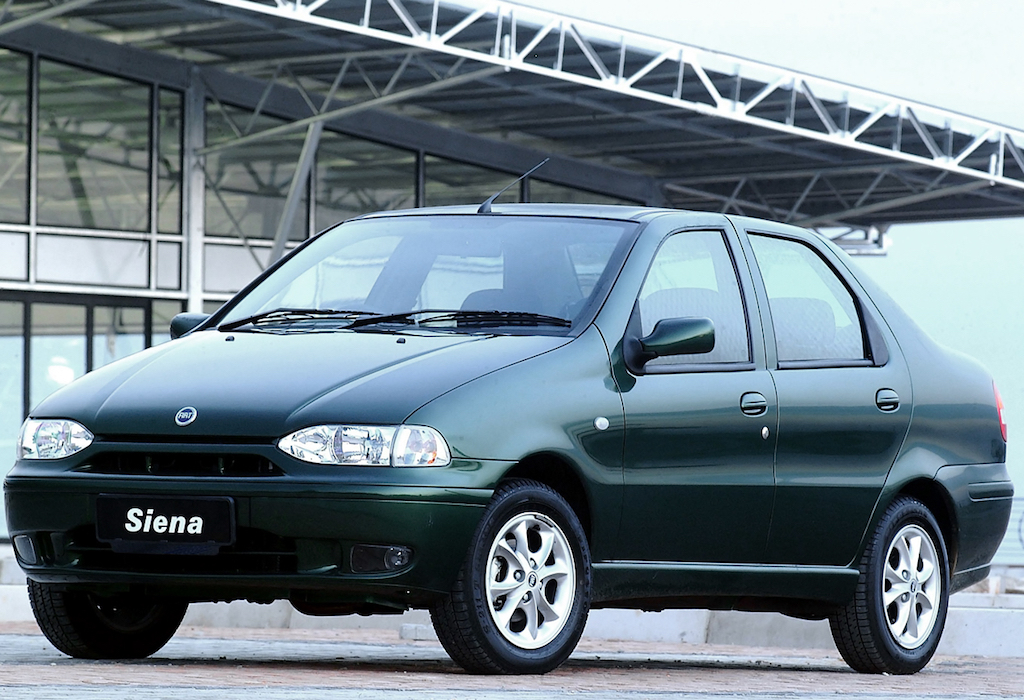
After that, Fiat launched a few products. The year 2000 saw the arrival of the Fiat Siena and it was discontinued by 2002. In 2001, Fiat launched the Palio and subsequently the Petra and Adventure and these were all discontinued by 2010. In 2009, Fiat launched the Punto and Linea and various versions of these cars were sold in India till now. Since none of these cars are BS6 compliant, they all have been discontinued and Fiat doesn’t have any car on sale in India now.
Let’s have a look at 5 reasons why Fiat couldn’t be successful in India –
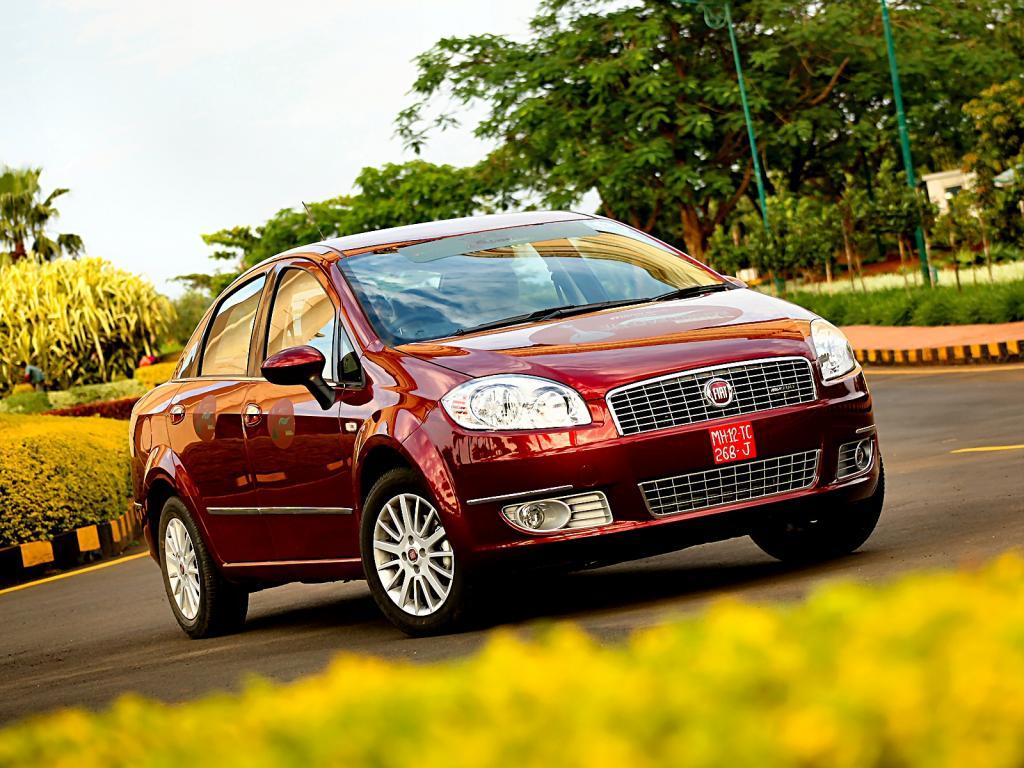
Fiat launched the Uno in India with PAL. The Uno got a mind-blowing response and there were 3 lakh bookings made for the car within 3 months of its launch. However, PAL could deliver only 617 cars because of labour issues at their plant in Kurla, Mumbai. Because of this, the automaker got a bad name. However, Fiat then entered into a JV with Tata Motors. Talks had begun in 1997 and the JV got official in 2007 with 5 members from each company joining the board. The companies also set up a manufacturing plant in Ranjangaon, Pune where Fiat would manufacture vehicles for both the companies. Fiat cars were sold and serviced in Tata dealerships. There were times when customers would look at the Linea and then the Indigo Manza and opt for the latter due to different reasons like price, space, etc. and something similar used to happen with the Punto and Indica Vista too. Dealers also focused more on Tata cars because margins were higher and the salesmen used to convince walk-in customers to look at Tata cars. Fiat was totally dependent on Tata for sales, service and spares and this became an issue for them. Both the companies were unhappy with this arrangement and in 2012 they decided to part ways. Fiat started opening their own dealerships while the manufacturing JV still continued.

Fiat actually used to have a very good brand image right from the early days when the Padmini and 118NE used to be sold in India. Later when the Palio and Siena came Fiat’s desirability went a notch higher and people used to dig these designs. Even the Punto and Linea came across as very beautiful cars and they stood out for a lot of reasons. However, the brand image took a beating because of various issues like the failed joint ventures, the inconsistent quality of their cars, the unsatisfactory service experience and the lack of new and modern products. A poor brand image and less products meant fewer customers in the showrooms and eventually fewer showrooms.
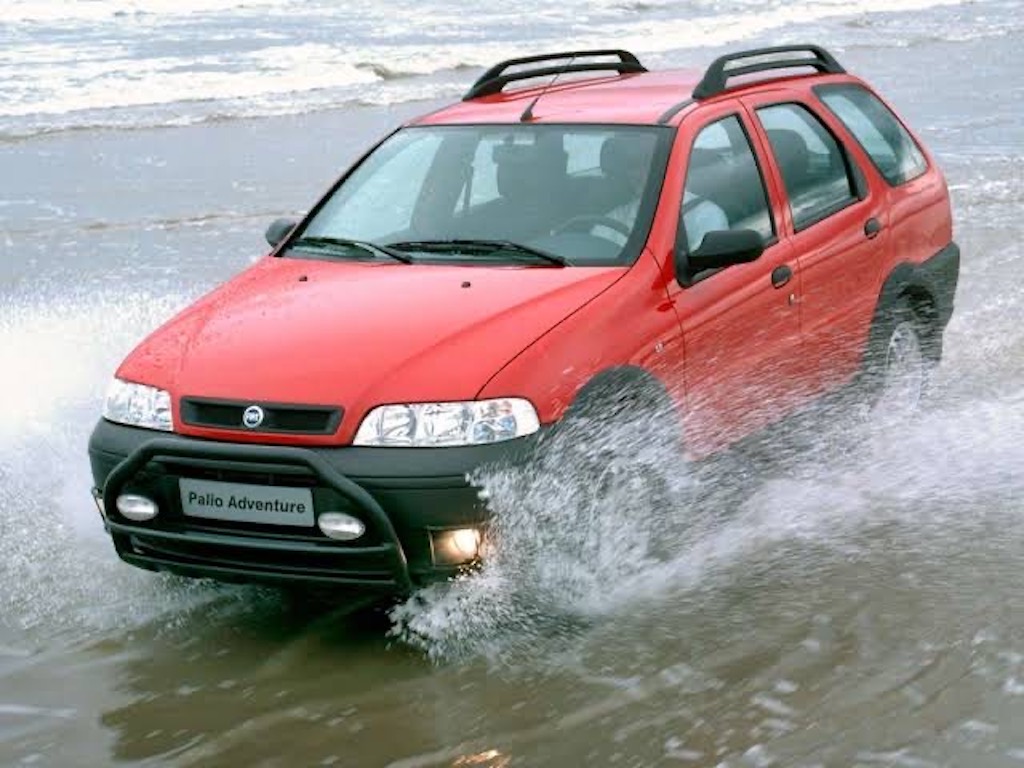
At a time when Indian customers were raving about fuel efficiency, and manufacturers like Maruti, Hyundai, Tata were offering really fuel-efficient vehicles, Fiat cars stood quite behind. The Palio, Siena, Petra, etc. weren’t known for their fuel efficiency but more for their design, build quality and performance. However, back then customers preferred fuel efficiency over performance and build quality and that is the case even today with a lot of customers.
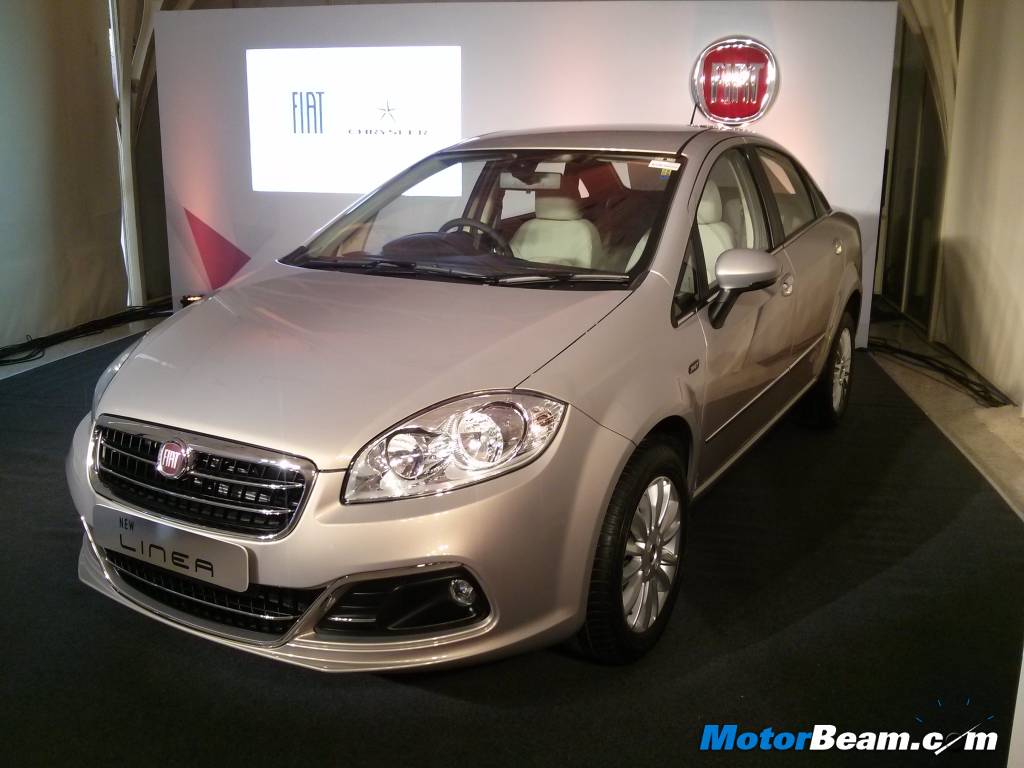
Service network is another aspect which is of high importance to every customer. Fiat didn’t have service stations in many parts of the country. Yes, they did cover most metros but there were far more places where you couldn’t service a Fiat. Not many roadside garages were familiar with Fiat cars too. In fact, there was a point when Fiat didn’t have even 1 dealer in Mumbai, and the closest dealer was a bit on the outskirts in locations like Mira Road and Navi Mumbai. In this busy world, which customer would want to travel a long distance to get their mass-market car serviced? The general reliability of Fiat cars was pretty decent actually but there were small and inconsistent issues that plagued their cars. Plastic parts and panels used to fall off, electronics would conk off, and spare parts availability was an issue in some cities.
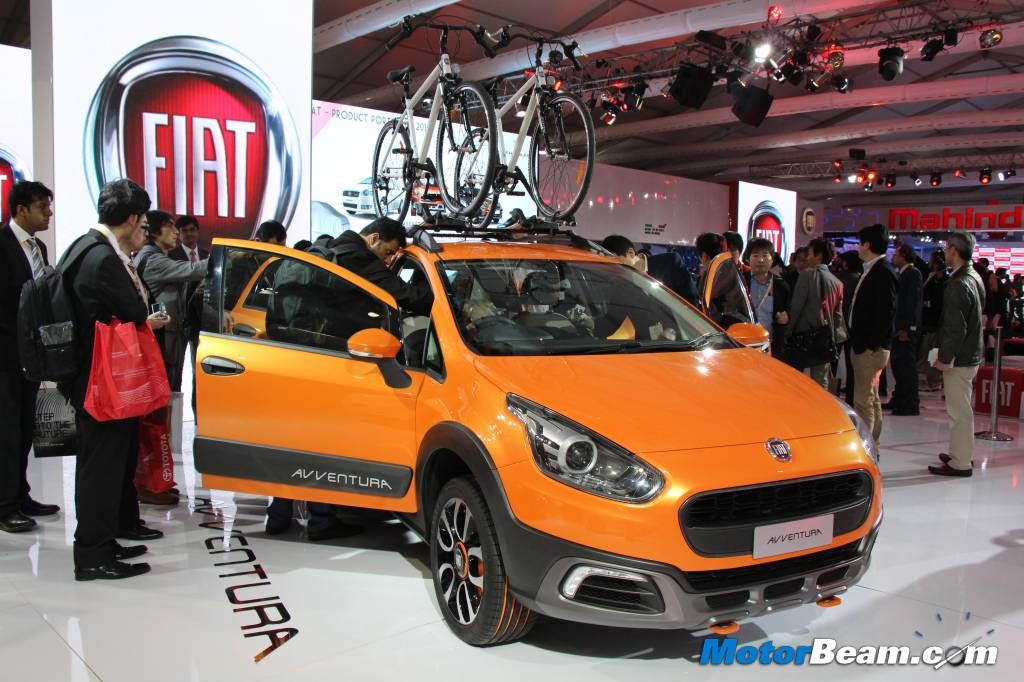
This is where Fiat really left us disappointed. I am not saying that their products were bad, I’m saying that Fiat just didn’t identify the market’s requirements properly. From 1997 to 2000 they had the Uno, from 2000 to 2010 they had the Palio, Siena, Adventure and Petra and from 2009 to 2019 they sold the Punto and Linea. The Palio was a successful car initially and Fiat sold 32,000 units in the year after its launch. Later on, the market share started falling and Fiat was selling anywhere between 15,000-20,000 cars a year. In 2012, Fiat sold just 10,000 units while in 2018, the company sold just 743 cars. The Punto and Linea got some updates over the years but overall the cars started feeling outdated, they had less features and felt like a compromise. When these cars were new, they were known as fun to drive cars and I personally used to love the Punto diesel and the Linea T-Jet but let’s face it, the market has come a long way and so many automakers have been launching better cars with different USPs. Fiat continued selling the Punto in different versions like Abarth, Avventura, Urban Cross, etc. but nothing worked because the fundamentals were only old. So many people didn’t even know that such cars existed because of the limited dealership reach and the brand image. Sometime in between Fiat launched the 500 and later 595 through the CBU route to compete against premium hatchbacks like the Mercedes A-Class, BMW 1-Series and MINI Cooper but which customer would spend so much on a Fiat?
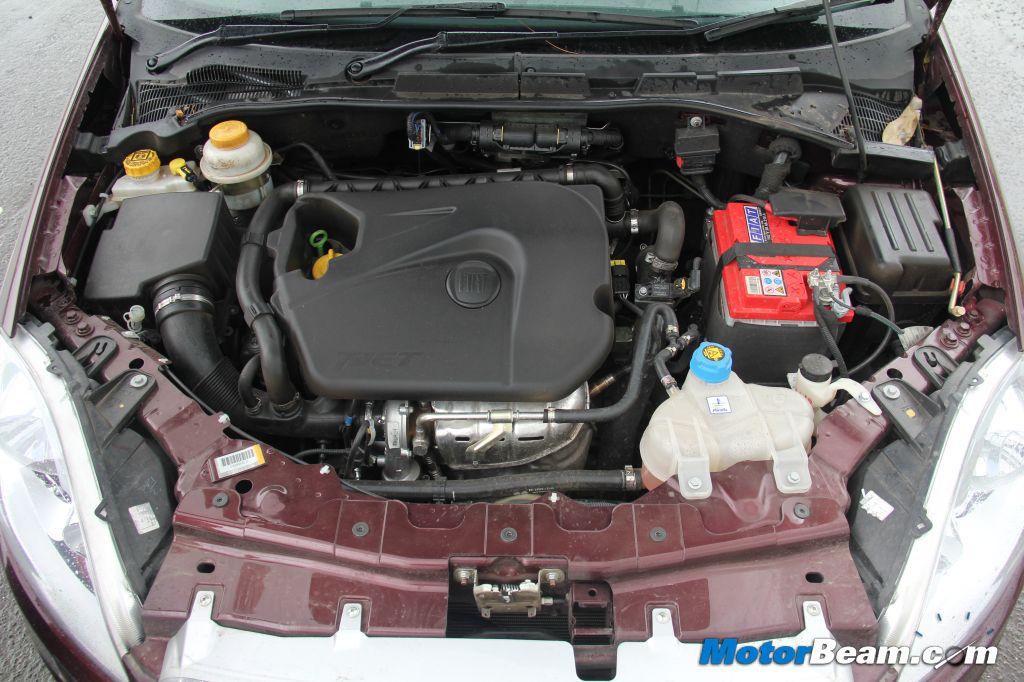
However, there were some areas where Fiat was actually quite successful. The company used to manufacture the 1.3-litre MJD diesel engine, known as the national diesel engine of India. This engine was supplied to automakers like Maruti, Tata, Chevrolet, etc. and more than 8 lakh cars running on our roads have this engine. This engine isn’t BS6 compliant so it was discontinued just a few months back. Fiat is also manufacturing the 2.0-litre MultiJet II diesel engine that powers various SUVs like the Jeep Compass, Tata Harrier and MG Hector. The upcoming Gravitas will also get this engine.
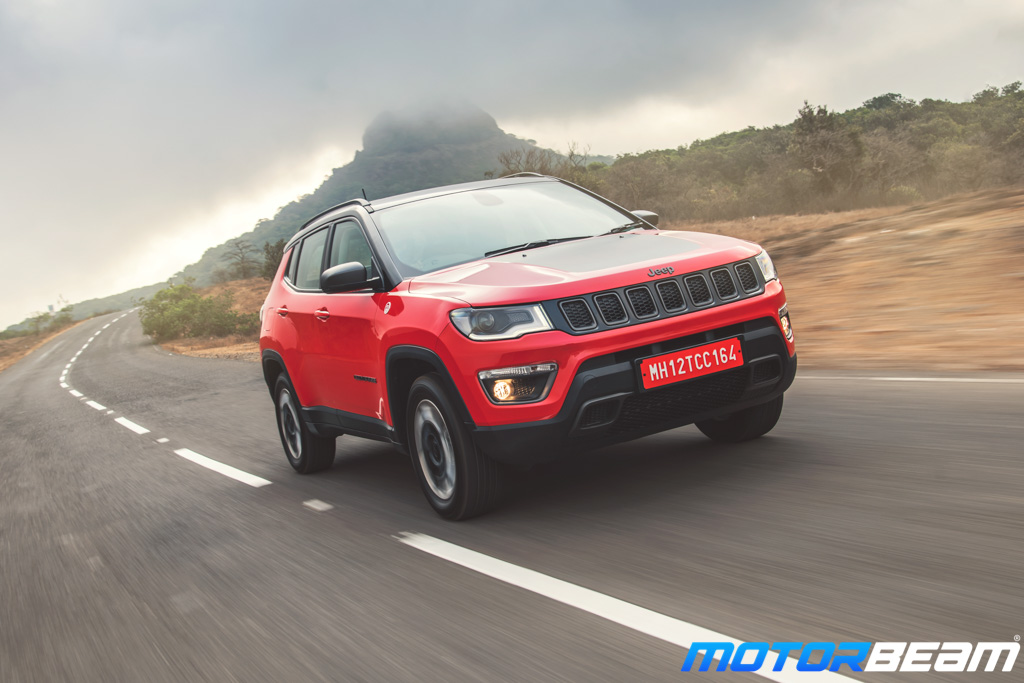
There is no Fiat car on sale in India now but FCA is selling the Jeep Compass. Hopefully, they’ll launch more mass-market cars in the future. FCA also got the Maserati brand to India but sales aren’t that significant. Meanwhile, cars like the Punto and Linea have definitely left a place in the hearts of enthusiasts.
